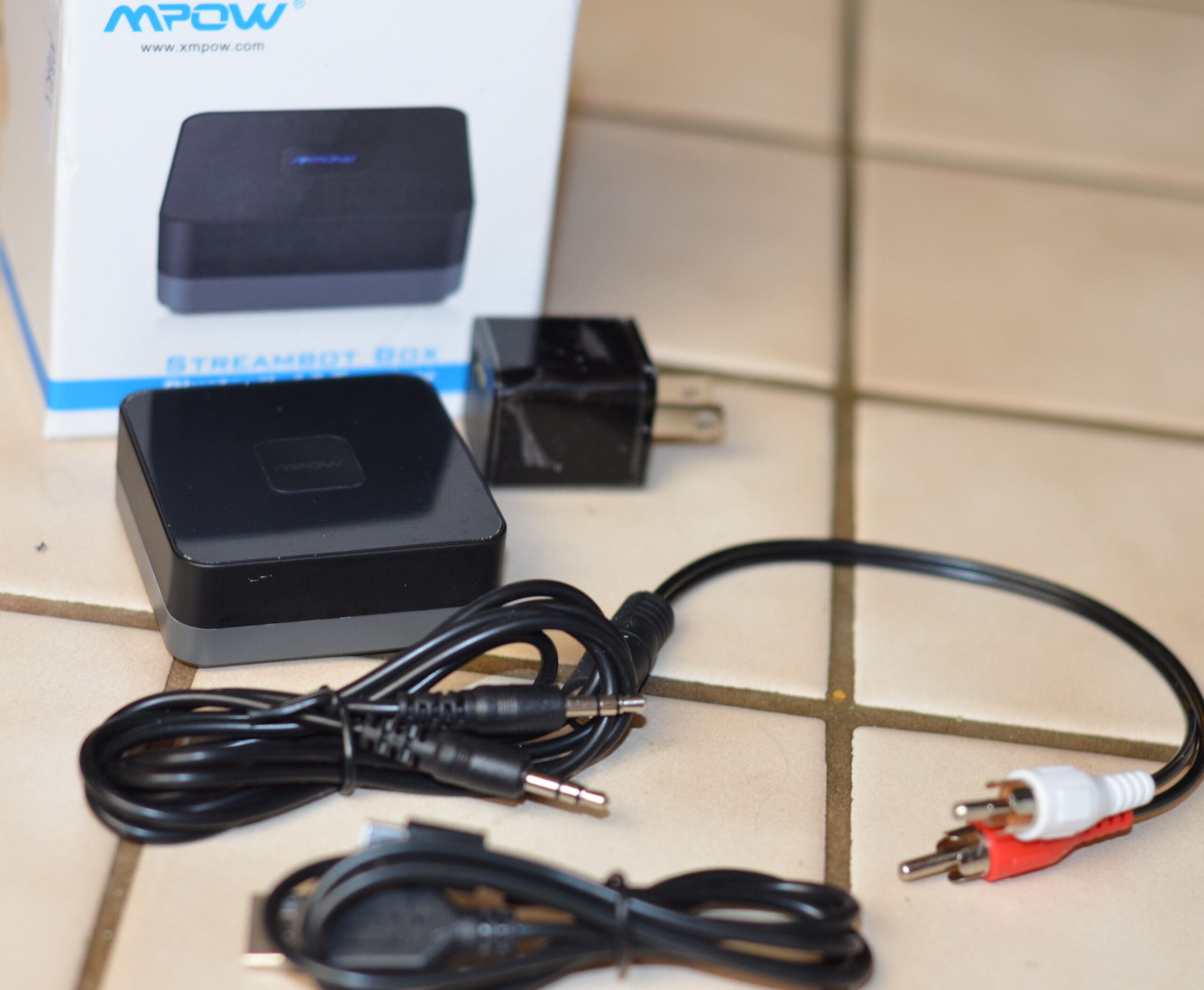Children in the Kitchen: Having Fun While Staying Safe!
Every year, 3.4 million kids injure themselves at home. The kitchen is a particularly hazardous place in this respect with risks associated with certain kitchen appliances, worktops, high chairs, water and cutlery. So it’s vital to put time into making your kitchen as kid-proof as possible.
Teach your kid how to be safe in the kitchen
Banishing your kid is unlikely to be a long-term solution to ensuring their ![]() safety in the kitchen (and besides, it’ll just make them want to explore in it even more). In fact, the kitchen can offer world of learning and creativity for children. Kids love to get involved with the cooking and, most importantly,
safety in the kitchen (and besides, it’ll just make them want to explore in it even more). In fact, the kitchen can offer world of learning and creativity for children. Kids love to get involved with the cooking and, most importantly, ![]() learning to cook helps develop qualities outside the kitchen. So encourage this curiosity; make them your ‘sous chef’ but talk them through
learning to cook helps develop qualities outside the kitchen. So encourage this curiosity; make them your ‘sous chef’ but talk them through ![]() the rules in the kitchen, such as asking the head chef (you) whether they can use something with your supervision. Give them their own apron, a set of rubber/child-friendly cutlery and their personal chef’s corner (a worktop away from electrical appliances, or the table). Explain that this is their equipment that only they use, just as you only use your equipment. Giving kids a safe task like cutting mushrooms will keep them occupied and safe under your watchful eye, whilst also giving them a rewarding and educational activity.
the rules in the kitchen, such as asking the head chef (you) whether they can use something with your supervision. Give them their own apron, a set of rubber/child-friendly cutlery and their personal chef’s corner (a worktop away from electrical appliances, or the table). Explain that this is their equipment that only they use, just as you only use your equipment. Giving kids a safe task like cutting mushrooms will keep them occupied and safe under your watchful eye, whilst also giving them a rewarding and educational activity.
Think ‘fire’
Two in five ![]() house fires start in the kitchen. Make sure you install a smoke alarm in the kitchen (along with every level of the house); it really does save lives. It also pays to unplug any appliances when not in use and out of a child’s reach.
house fires start in the kitchen. Make sure you install a smoke alarm in the kitchen (along with every level of the house); it really does save lives. It also pays to unplug any appliances when not in use and out of a child’s reach.
Take advantage of being open plan
For young children, make the most of having an open plan kitchen / diner by creating a ‘sensory play area’, where they can play with different food and textures on the table while you can keep a eye on them in the kitchen. Crawling bubs can be kept safe in their high chair, with their own toys and foods to keep them occupied. Make sure you have a high chair with a safety strap in between the baby’s legs and your child is strapped in securely.
Be both vigilant and realistic
It is impossible to prevent certain incidents from happening in the home; you’re only human. Try to assess each room for safety hazards whenever (or ideally just before) you and your child enter it. Ultimately though, taking particular precautions and being as watchful as you can be will help make your home a safe place for your child to be.






One Comment
Gloria Diaz
Awesome job really it’s great article.